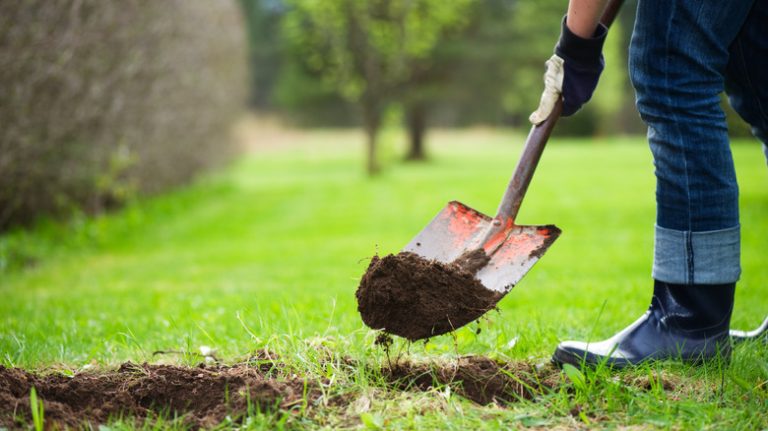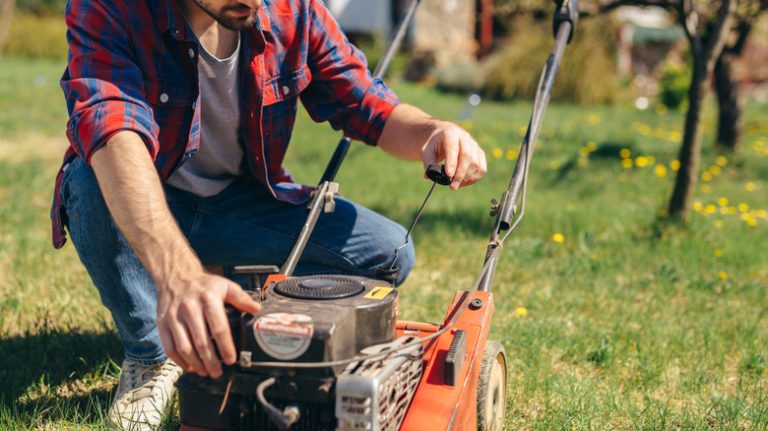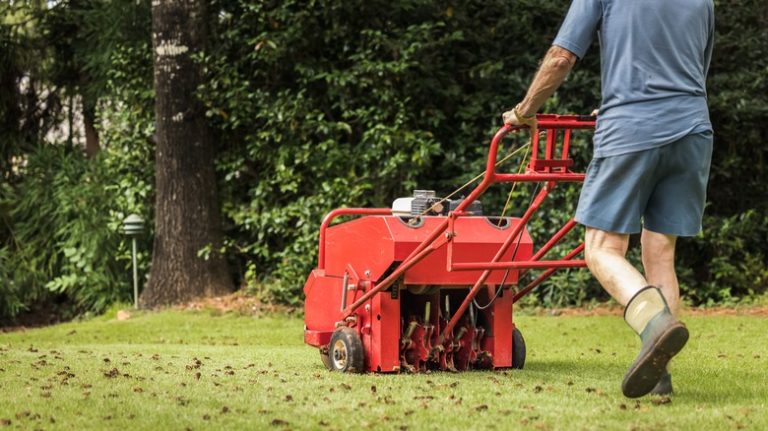Has your grass been turning yellow or slightly-brown? Are weeds growing in random areas? When you water it, do you notice puddles of water that never sink in? If you’re nodding yes to these questions, your lawn might be suffering from compacted soil. When your grass isn’t taking in the water you’re giving it and weeds are starting to sprout up, there probably isn’t sufficient airflow cycling throughout the soil. Once the soil gets hard and compacted, only the top layer receives water and air, which can harm the grass’ roots. The bright side is that you can reverse the compacted soil by aerating and overseeding your lawn. Then, once the damage has been reversed, reducing foot traffic will keep the issue from arising again in the future.
You can do everything in your power to prep your soil and seeds so that your lawn grows healthy and lush, but the main reason for compacted soil is high foot traffic. Whether you’re constantly working in your yard, often have gatherings outside, or your kids are always running around on the lawn, these can all contribute to this problem. By aerating and overseeding your yard, you’ll be able to grow healthy, green grass. Even though it’ll feel like you’re starting from scratch, it’s best to begin right away before your lawn is harmed any further.
Aerate and overseed your lawn to fix compacted soil
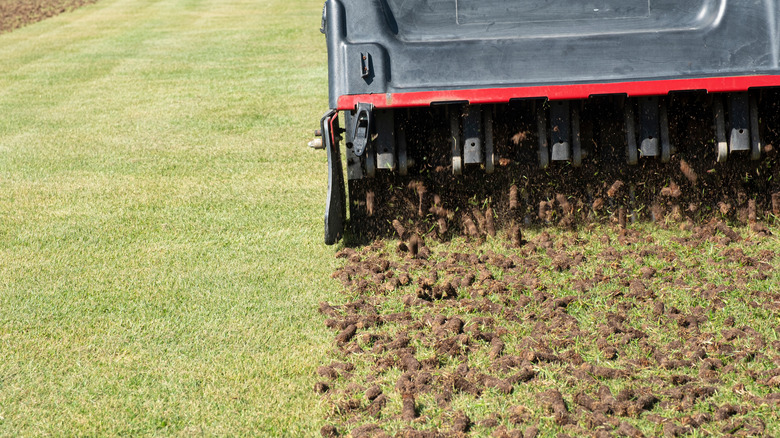
Dealing with compacted soil can be difficult if you’re not using the correct method to break up the soil. Lawn aeration is the best way to soften and loosen the dirt, and there are many ways to aerate your lawn. Tillage, core, liquid, and spike aeration can help turn over and loosen compacted soil. However, core aeration is the best method since it pulls plugs of dirt out of the lawn, thereby creating more space for the rest of the dirt to expand and soften. This effectively relieves pressure and allows the soil to take in water and nutrients. You can either aerate your lawn yourself or hire a professional lawn care company.
Once your yard is aerated, you can then prepare your soil for seeds by adding compost to your lawn and spreading it around evenly with a rake. This will fill in the holes you’ve created and provide your seeds with nutrients. Then, add your seeds to the compost layer with a seed spreader. Rake the seeds into the compost and water your yard about three to four times a day to keep the lawn hydrated. Once the new grass reaches the rest of your lawn’s height, reduce watering to once a day.
Keep your refreshed lawn healthy by reducing foot traffic
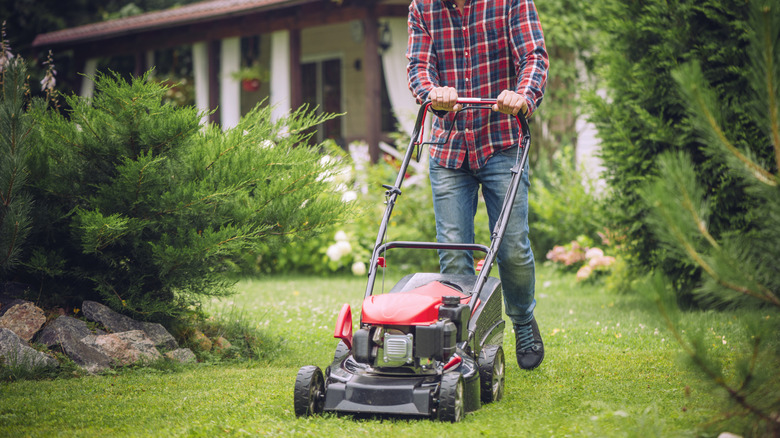
After doing the hard work of aerating your lawn, you’ll want to do everything possible to keep your grass healthy and prevent the soil from getting compacted again. Reducing foot traffic around the lawn is the best way to promote a lush yard with well-aerated soil. In addition, avoid using wheelbarrows, lawnmowers, tractors, or other heavy machinery too frequently. Don’t store your equipment on the lawn either, because the weight can keep oxygen from reaching the soil and roots.
Further, reroute your foot traffic when you’re going outside. If you tend to cut through the grass to get to your car or the mailbox or when taking the trash bins out, walk on the sidewalk or any pathways leading away from the house instead. Encourage guests to walk on the paths by adding lights around the perimeter. Instead of purchasing solar lights, you can create beautiful lantern lights with an affordable DIY. They’ll make the perfect barrier between the lawn and the sidewalk so visitors don’t cross it. On the other hand, if you have kids with a backyard playhouse, consider moving it around from time to time so that it doesn’t stay in one area for too long. This will give your lawn a break from holding the weight and allow the soil to receive oxygen, water, and nutrients.

